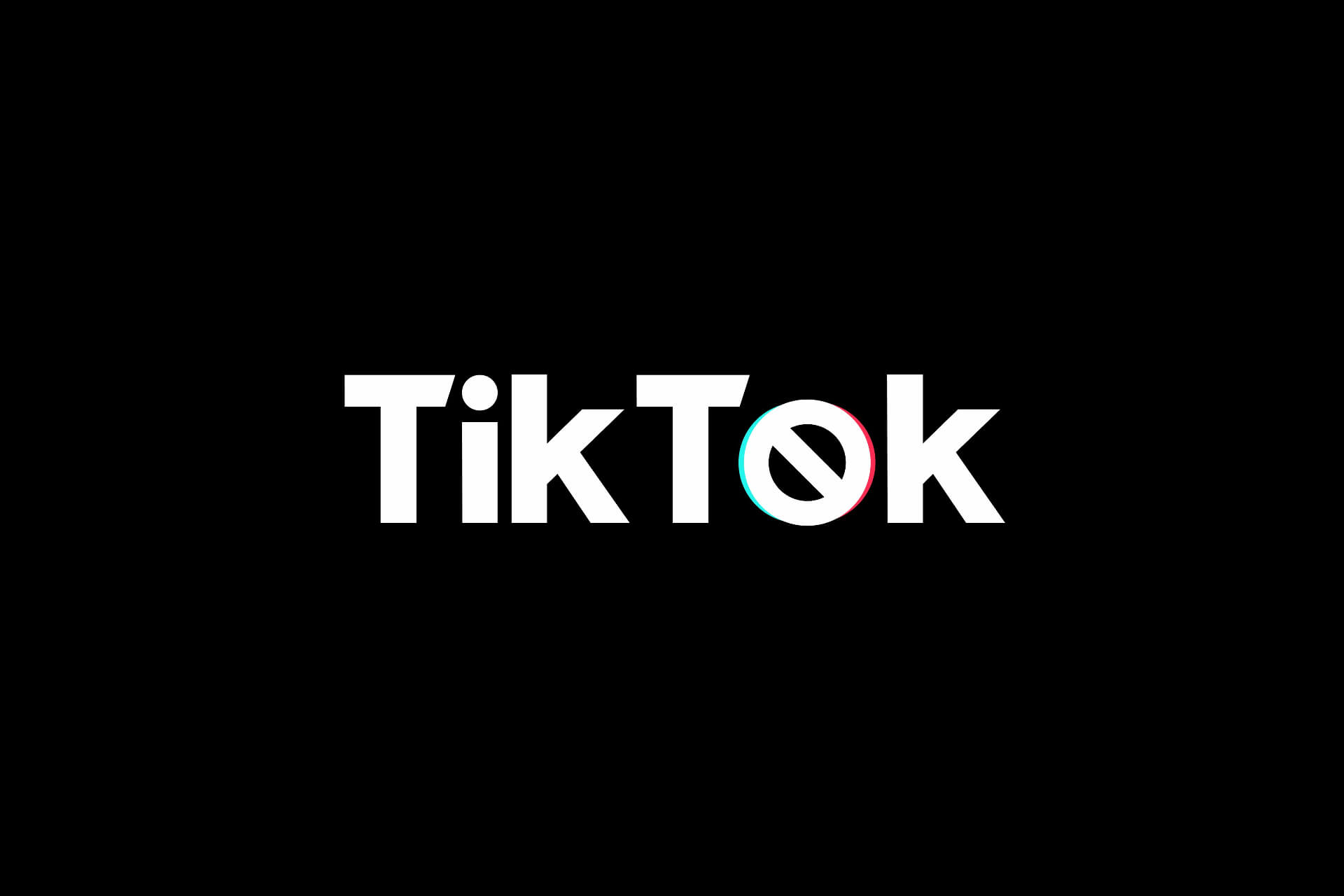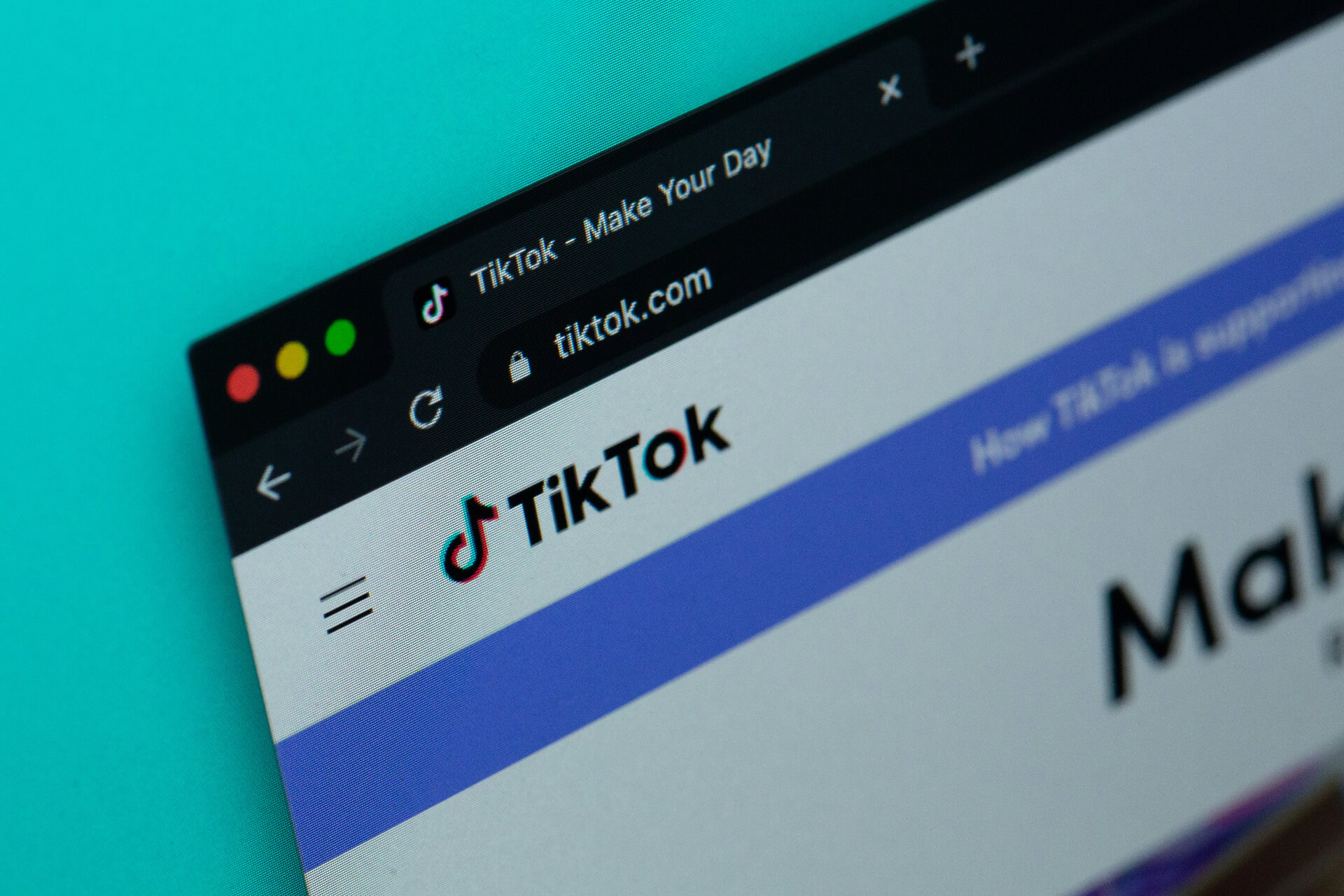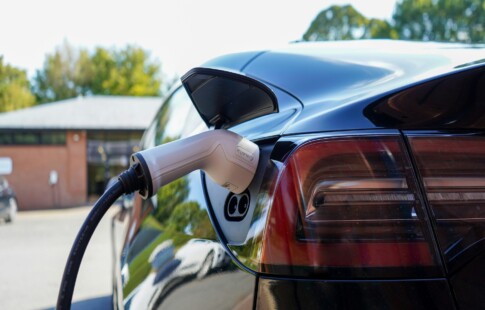
Environmental Impact of TikTok: Scrolling Your FYP Emits Tons of Carbon
We are reader-supported. When you buy through links on our site, we may earn affiliate commission.
The environmental impact of TikTok needs to be addressed. It touts over one billion monthly users. It isn’t as large as a few other social media platforms, but you never know — it could ascend to the top of the ranks before you know it. With a technology this heavily used, there have to be environmental consequences. Figure out how you and your friends’ scrolling habits are one of the most catastrophically unsustainable behaviors.

What Is TikTok’s Estimated Environmental Impact?
How can a social media platform without a physical object have a carbon footprint? Despite not making a physical product, TikTok’s infrastructure is vast and wasteful. The number of data centers and cloud infrastructure it needs to run seamlessly is more than most platforms on the planet. The connections, networks, and hardware need energy, water, and resources to construct, maintain, and repair.
A shocking comparative analysis of the environmental impact of TikTok compares its emissions with Facebook and YouTube. Here are some of the astonishing figures:
- TikTok produces 2.63g of carbon emissions, versus 0.79g from Facebook and 0.46g from YouTube every minute.
- With its unprecedented daily user base, TikTok releases 40,151 tons of carbon dioxide per day.
- The average TikTok user spends an average of 45.8 minutes daily on the platform, which is 15.7 minutes more than the average Facebook user. This time varies from generation to generation.
Video-based platforms use more energy by far, so how does short-form content on TikTok have a heavier impact than long-form YouTube videos? The answer is in the parent company.
ByteDance and Google own TikTok and YouTube, respectively. Google’s plan for decarbonization is more extensive, immediate, and aggressive than ByteDance’s. With their commitment to green energy generation and storage, it makes sense that a YouTube video has a lower footprint.
ByteDance committed in 2023 to go 100% renewable, but this is a recent development with little data yet on how well this is going.

How Do TikTok Trends Exacerbate Unsustainable Habits?
Not only does the software produce a lot of carbon emissions, but certain corners of TikTok popularize horrible trends for the environment. People hop on these bandwagons to obtain views, but it is for the sake of the planet’s health. Unfortunately, eco-social justice trends are not as flashy as more toxic ones.
Most of it revolves around overconsumption. Consider WaterTok and BookTok, where people must buy new things to stay relevant. Some people make accounts devoted to quirky Amazon finds that are $10 or less or promote particular aesthetic trends like cottagecore to motivate shopping for an entirely new house of furniture. These microtrends entice users to spend copious amounts of money on things they don’t need, use, or want, to throw away eventually.
However, other viral trends are even more contentious than overspending and throwing away material objects carelessly. What are some of the worst offenders in recent history?
- 100 million ladybugs in Central Park: This alleged hoax popularized and even encouraged the idea of environmental terrorism all because someone could buy ladybugs for $75. Few comments and feedback criticized the videos as irresponsible.
- Megahauls: Dropshipping and fast fashion platforms like SHEIN and Temu encourage weekly — sometimes daily — videos of people unboxing mountains of niche, useless, plastic products.
- Devious licks: Students stole large amounts of toiletries, COVID-19 tests, and school equipment for videos, leading to criminal charges and disrupted school budgets.
- Toilet art: People dump countless pounds of food, cleaning products, and colorings into toilets, acting like a canvas.
However, one other massive trend is restocking content. Sometimes, people visit these videos for ASMR or because they are visually satisfying. In reality, these are expensive and wasteful. Restock content promotes countless single-use, individually wrapped products, filling up curated, organized drawers and shelves. Many videos resemble convenience stores instead of someone’s home. These unrealistic expectations damage the planet and viewers’ self-esteem when they can’t reach these levels of luxury.

Is TikTok Cleaning Up its Act?
This question must be unpacked from two perspectives. There are the actions TikTok is taking, and then there are the actions of its users.
Let’s start with influencers. The sustainability side of TikTok is nothing to sneeze at — even the TikTok newsroom highlighted some of these creators during Earth Month in 2023. Tons of green microcommunities exist on the platform, from zero wasters to minimalists.
Many of these “influencers” have chosen to de-influence instead. De-influencing is a new term for creators who create duets commenting on other people’s unsustainable shopping content. They do this to alert frequent viewers of influencer content that they don’t need these things, and purchasing them creates a harmful cycle of overconsumption.
As previously mentioned, parent company ByteDance promised to transition to renewable energy by 2030. While this is admirable given the environmental impact of TikTok, are they doing anything else to help other efforts, like habitat restoration or impact investing?
In 2023, they proposed a partnership with the United Nations to stop climate misinformation across the platform when a shocking 20% of its videos were found to contain false claims. This includes climate content. Typing “climate change” in TikTok’s search bar yielded automatic suggestions, like “climate change debunked” instead of more valuable offerings. The impact of these curation efforts remains to be seen.
TikTok’s Environmental Impact Must Decrease
Everything humans do has an environmental footprint, but some habits are more destructive than others. Responsible and intentional social media use must become the new norm, otherwise, these tech giants will profit as the world gets warmer. You do not have to give up hobbies and platforms you enjoy, primarily if you use TikTok for good or find it a pleasant experience.
However, being curious and aware is the first step to reducing TikTok’s impact on the climate crisis — because it is more than we realize. The invisible side effects of scrolling are too much to ignore. What will you do to change how you view the platform to become a better advocate for the planet?
Share on
Like what you read? Join other Environment.co readers!
Get the latest updates on our planet by subscribing to the Environment.co newsletter!
About the author

Jane Marsh
Starting from an early age, Jane Marsh loved all animals and became a budding environmentalist. Now, Jane works as the Editor-in-Chief of Environment.co where she covers topics related to climate policy, renewable energy, the food industry, and more.





